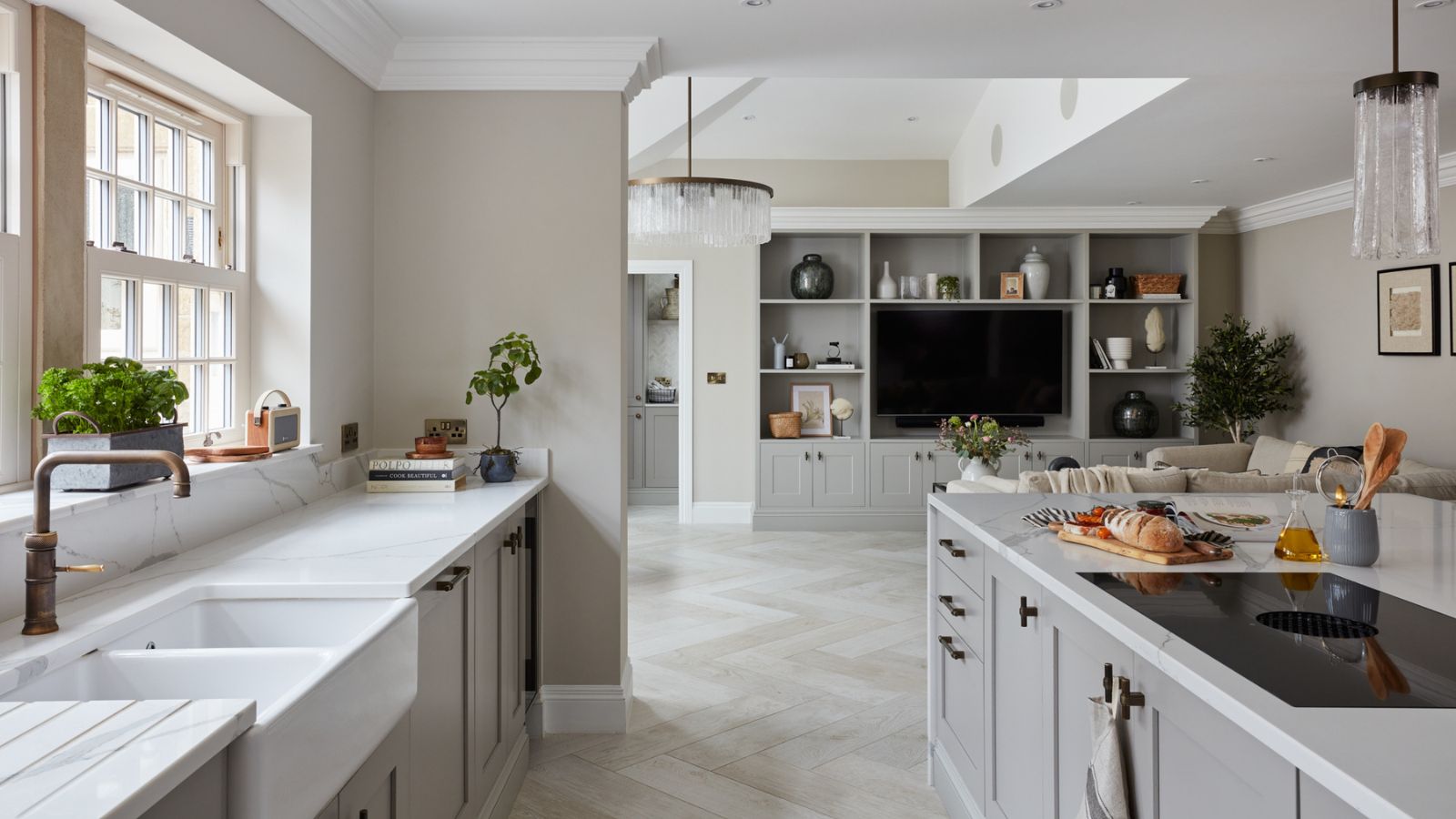
Fire safety is an often overlooked aspect of home maintenance, but everyday activities and appliances can pose a serious risk if not properly managed.
Understanding these common fire hazards in your home is the first step in preventing accidents and ensuring the safety of your family and property.
Here, expert contractors reveal the eight most common fire risks in your home and provide practical tips on how to avoid them.
The 8 most common fire risks in your home
From faulty wiring to a clogged dryer lint trap, these fire-safety tasks should never be put off until you complete your spring home maintenance. Deal with them now to keep your property safe.
1. Dirty stovetops
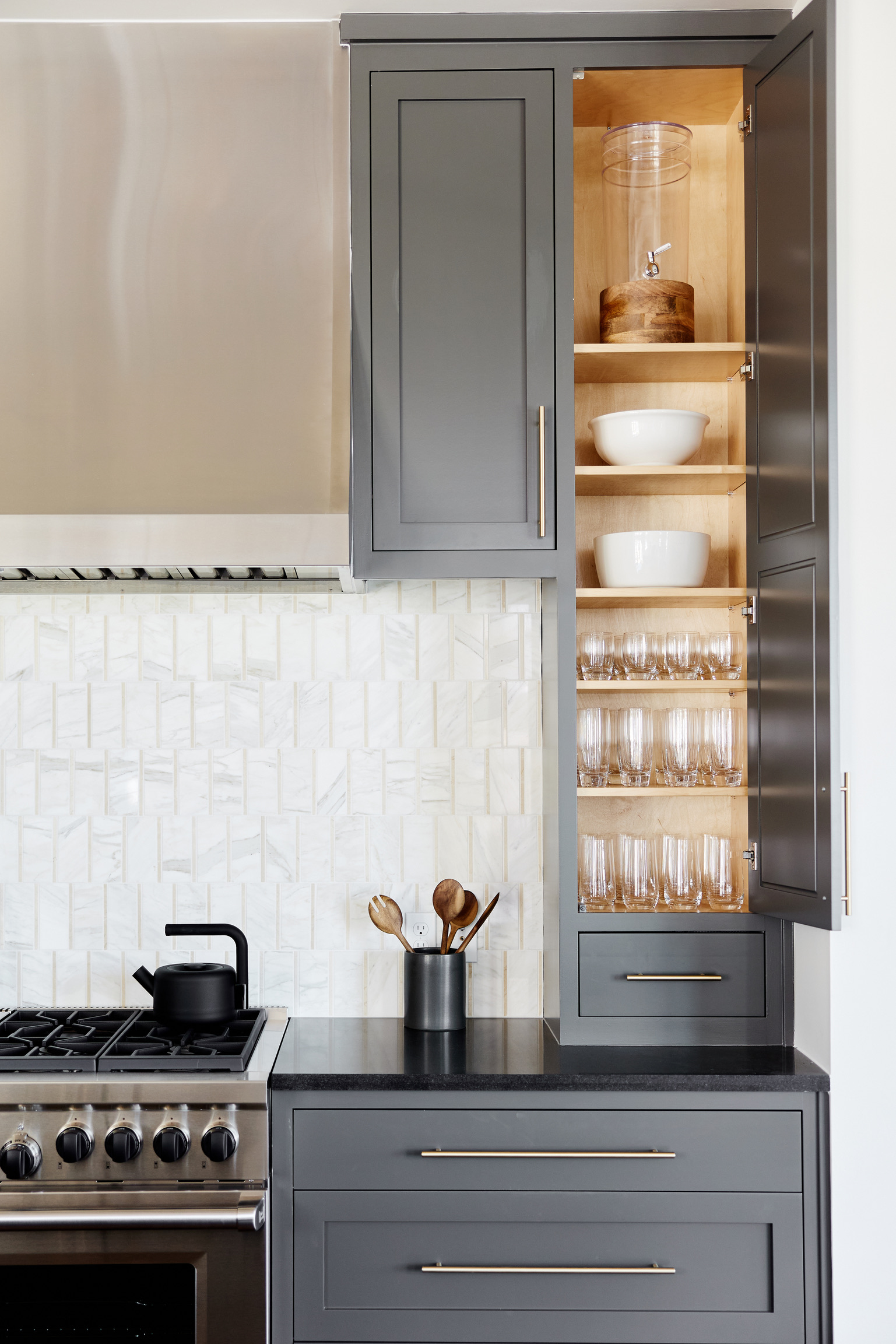
The kitchen is the most likely room for a fire in your home.
Timothy Wood, founder of Fix It Today says, ‘One way you can mitigate fire risks in the kitchen is to keep flammable items away from the stovetop and oven. This includes anything made of wood, paper, cloth, plastic, or rubber, as well as flammable liquids like oil and alcohol. These items should be placed at least three feet away from the flame.
‘Always clean your stove burners and clean your glass stove tops by wiping it with a dry microfiber cloth [availible at Walmart] after cooking,’ he adds. ‘Grease residues are common causes of sparks that may worsen into a full-blown fire.’
I swear by the Method cleaning sprays in my home. Not only are they plant-based, but they always smell amazing, so I no longer have to deal with strong chemical odors overpowering my kitchen when cleaning.
2. Improperly placed space heaters
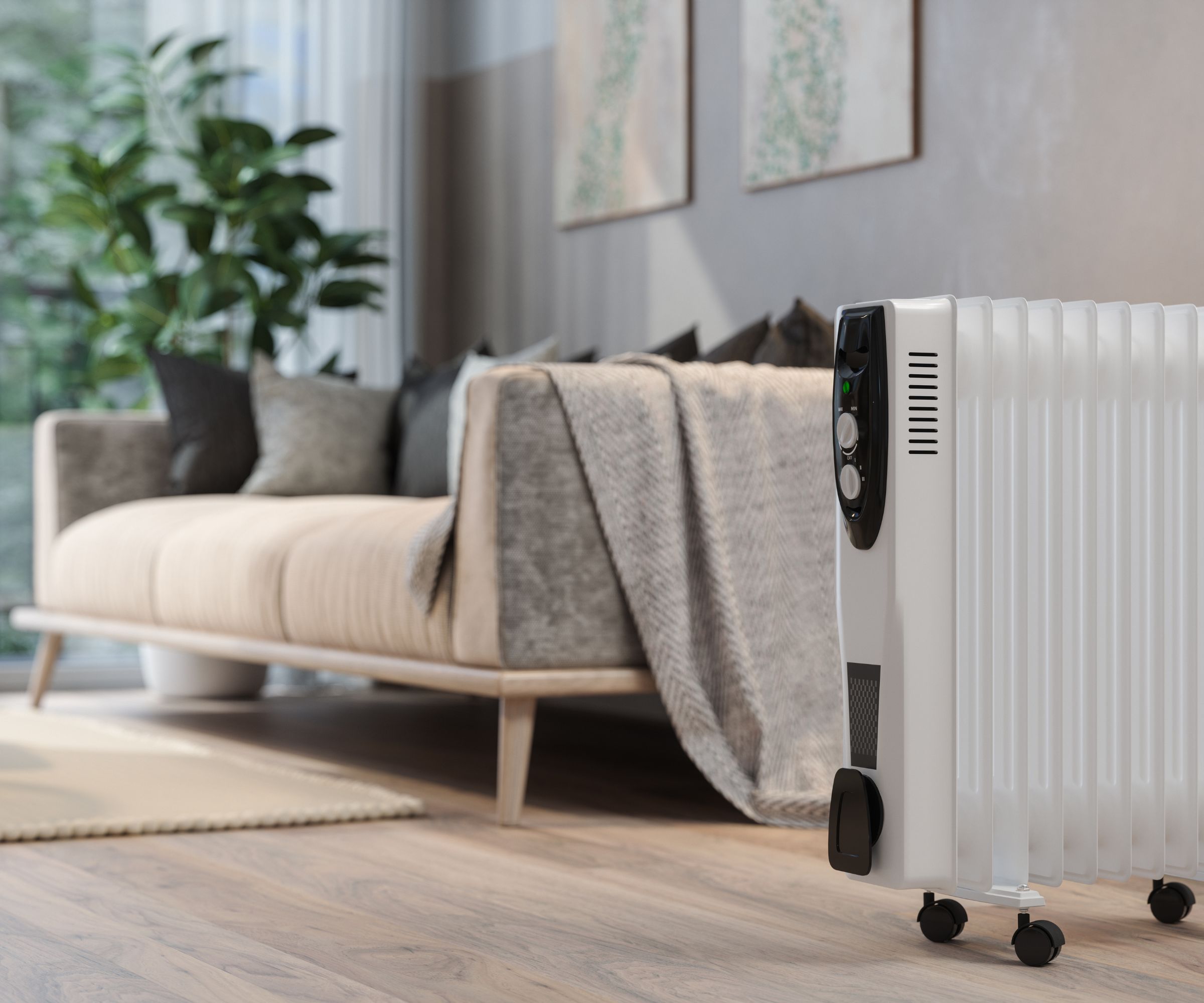
We all love a warm, cozy house in the winter, and adding space heaters can offer the perfect booster to home heating types. However, put them in the wrong place, and they can be a major fire hazard – especially if you leave a space heater on overnight.
Rick Sheets, vice president of monitoring and compliance at Brinks Home says, ‘The improper use of space heaters or fireplaces is another common household fire risk. To mitigate this risk, keep heaters at least three feet away from flammable objects, ensure proper ventilation and turn it off when not in use.’
3. Faulty electrical systems
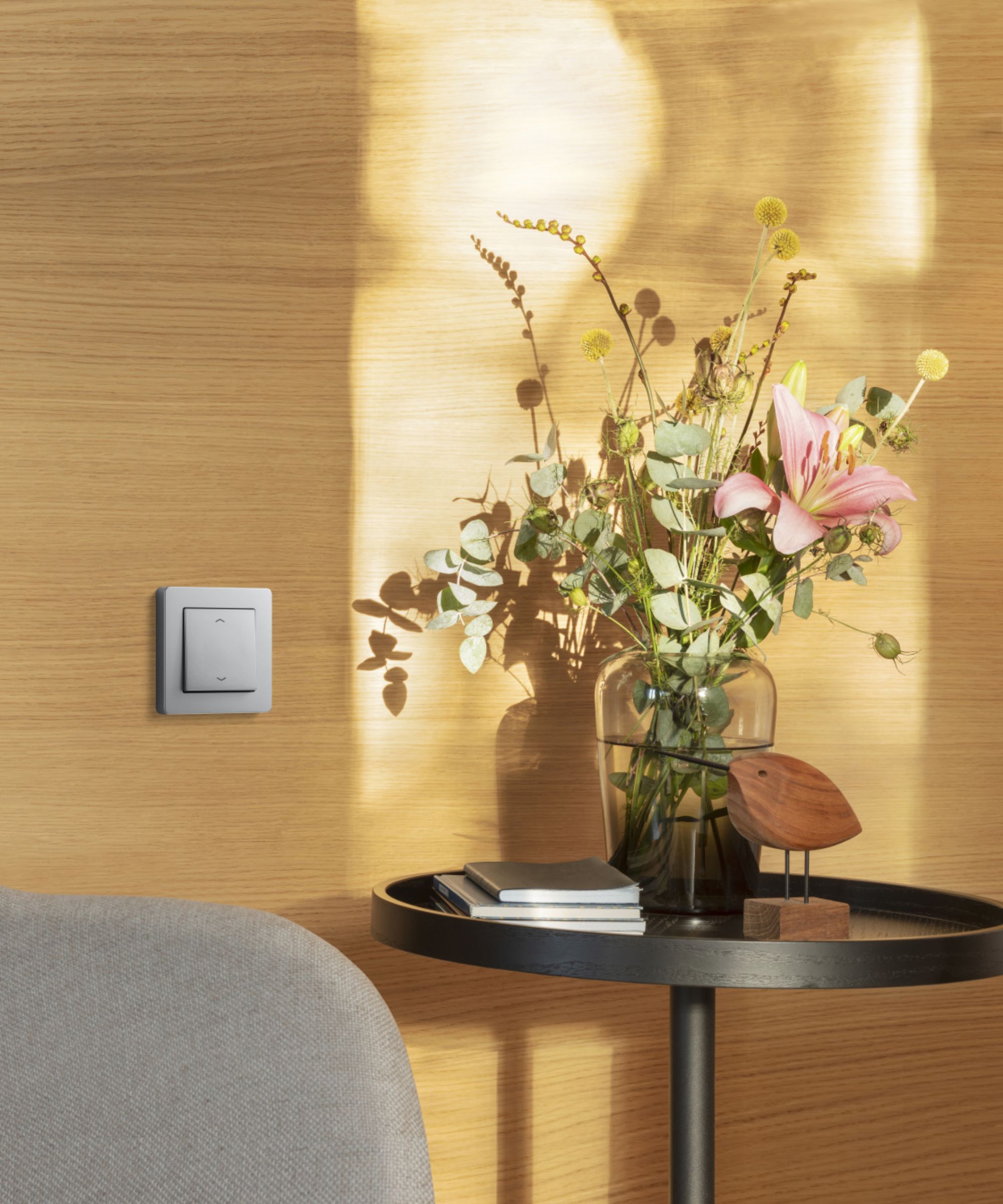
One of the most commonly underestimated fire risks is old or faulty wiring.
Dan Robson, operations manager at electrical testing providers, Hexo says, ‘This issue is more common in older houses, with older wiring systems potentially not complying with current safety standards.’ While it may be interesting to consider the costs of rewiring a house with old electrics, it is a lot cheaper and less disruptive than your home burning down.
Dan continues, ‘To ensure your home’s electrical safety, it is recommended to have a Domestic Electrical Installation Condition Report (EICR) every five years. This report assesses all fixed electrical installations, including wiring, sockets, switches and lights to ensure there are no faults in your electrical circuits.’
Remember to also fix loose outlets when you spot them, and pay attention to the details, such as choosing the right electrical wall switches, to keep your home safe.
4. Leaving cooking unattended
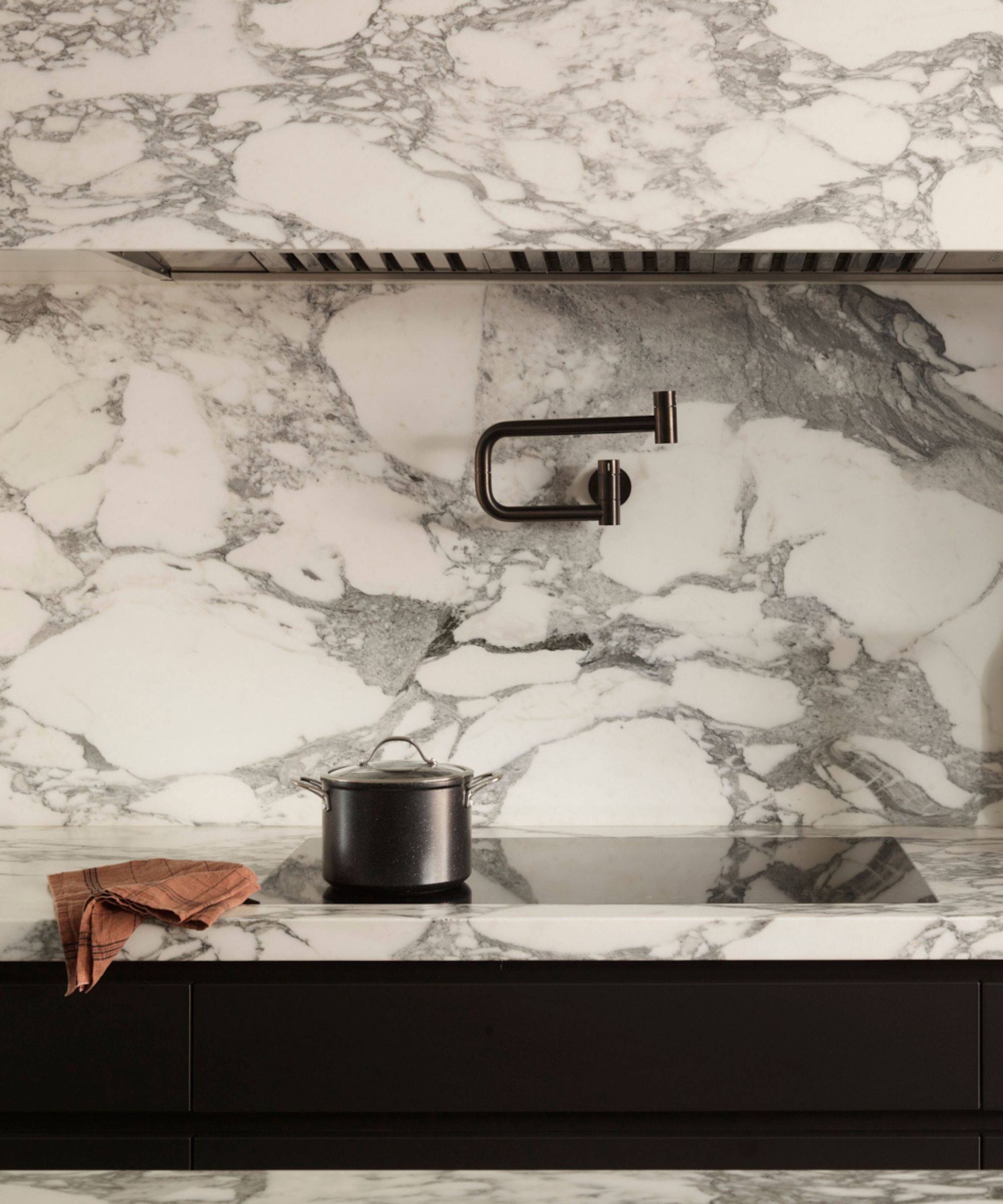
Even if your stove is clean and free from debris, there is still a risk of a fire when you cook. Most notably when you leave food unattended points out Rick Sheets, VP of monitoring and compliance.
‘The kitchen is the most common place for a fire to occur, often due to unattended cooking. To mitigate this risk, we recommend always monitoring cooking, using timers, and ensuring flammable materials are away from the stove.’
One thing every home cook should have in their kitchen is a fire blanket or extinguisher.
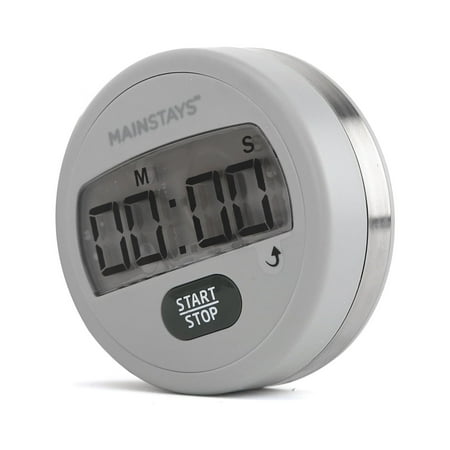
Keep an eye on your cooking with this digital timer. You can set the time by twisting the outer ring, making it perfect for people who might struggle with mobility in their fingers.
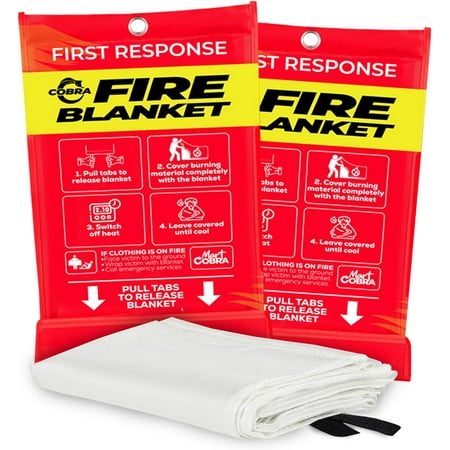
A fire blanket is a great option for a kitchen as they can be used for both electrical and grease fires without making the problem worse.
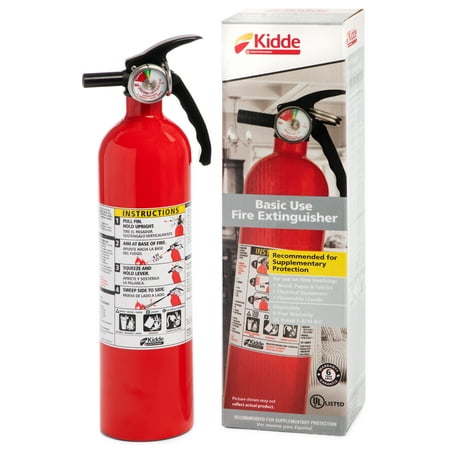
Every home should have a fire extinguisher in their kitchen. Keep it in easy reach and check it is in date and serviced so you know it will perform if you need it.
5. The wrong light bulbs

Picking the best light bulbs doesn’t seem like a difficult task, but get it wrong and you could be setting your home up for a fire.
Dan Robson, operations manager warns us, ‘This might sound surprising, but using a light bulb with a higher wattage than lamp holder’s rating can lead to overheating and potentially cause a fire. Therefore, it’s important to always use the correct wattage light bulb for all ceiling and floor lamps. If you want brighter lighting, you should consider using LED bulbs, which are typically brighter and more energy-efficient than halogen or incandescent bulbs. Alternatively, you could consider installing a new light fitting with a higher wattage rating.
‘You should also avoid placing lamps in areas where they can come into contact with flammable materials like upholstery,’ Dan adds. ‘Whenever you change your light bulbs, you should always unplug the lamp or switch it off at the wall to minimize risk.’
6. Unattended candles
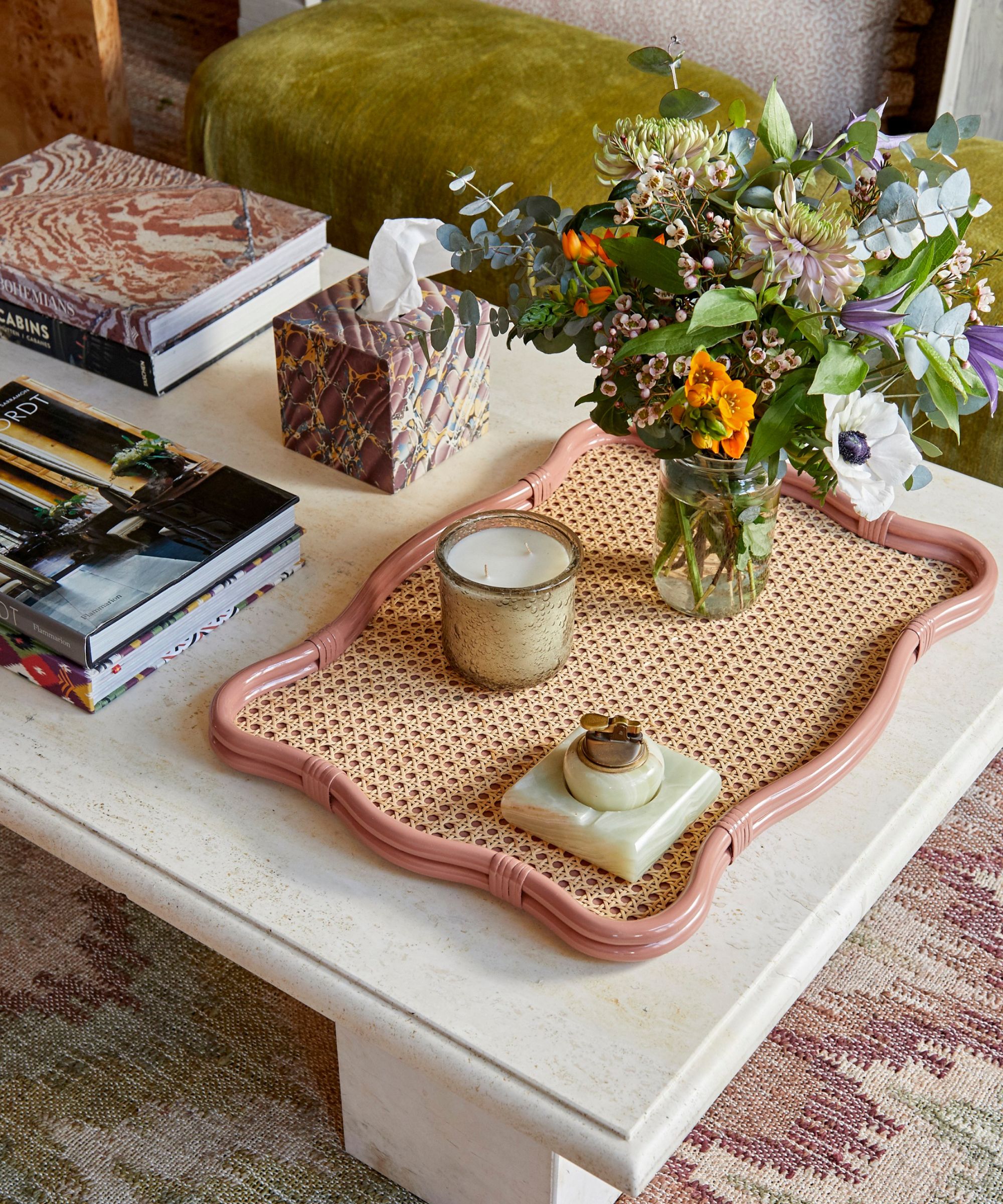
While it can be tempting to light your best candles in the bedroom or bathroom and leave them to scent your space ready for rest and relaxation, it is one of the most common causes of household fires, reminds Rick Berres, owner of Honey-Doers. ‘A lot of fire risks are posed by run-of-the-mill, everyday objects like candles - people let them burn unattended, they get knocked over by kids, or pets, or a gust of wind - and bam! The curtain catches fire, or a rug catches fire.’
7. Second hand appliances
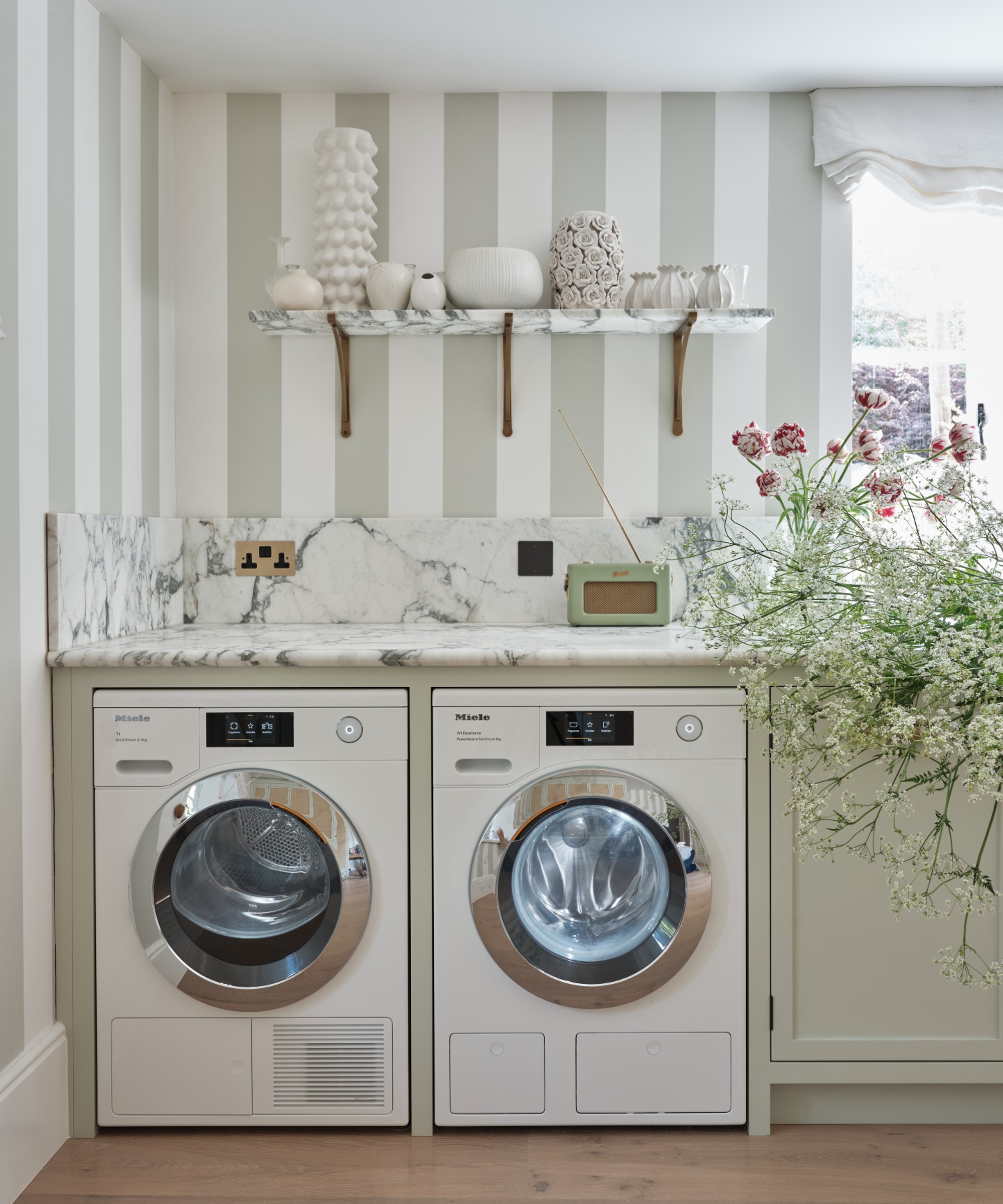
Choosing the best kitchen appliances is tricky at the best of times, but it can be harder when you are working on a budget. Where possible, you should avoid buying secondhand as you might be introducing a fire risk into your home.
Dan Robson, operations manager says, ‘While buying second-hand electrical appliances can be cost-effective, it may not always be safe. Reconditioned or second-hand appliances often lack a manufacturer’s guarantee and could pose a risk of fire or electrical shock if faulty.
‘If you do decide to purchase second-hand, then the appliance should be PAT tested to check its electrical safety.’
8. Dirty tumble dryers
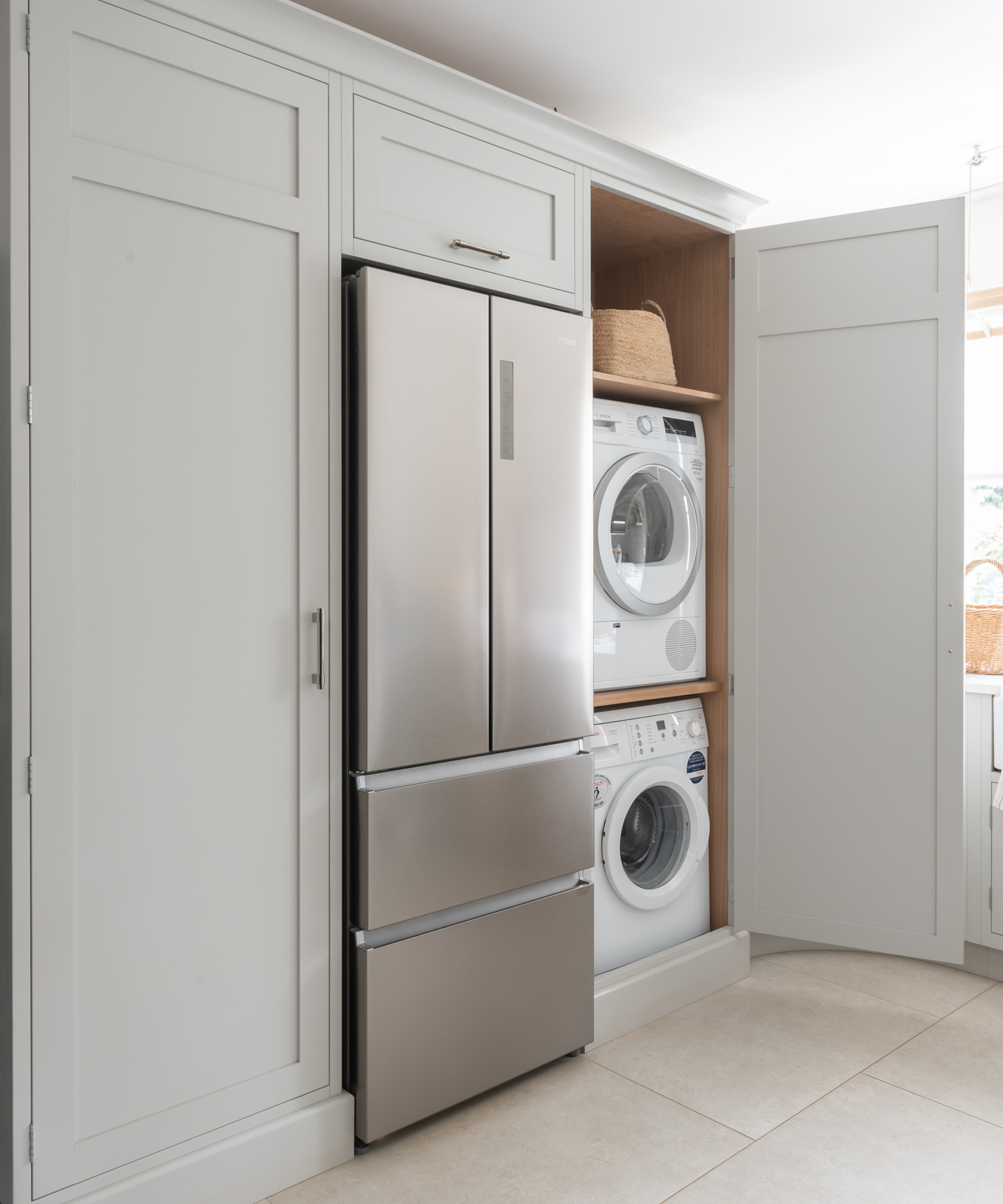
Tumble dryers get a lot of abuse from day to day. Neglecting to clean a dryer, empty the lint trap, or drying things you should not put in a dryer can all lead to overheating. All it takes is a small amount of lint to heat up to spark and cause a fire.
Clean your tumble dryer lint trap weekly, and deep clean the drum every month to mitigate this risk and keep your home safe.
Rick Sheets, VP of monitoring and compliance, concludes, ‘For an additional safety measure, ensure smoke detectors are installed on every level of your home and test your smoke detectors monthly. Having a smoke detector connected to a home security system offers several significant advantages including immediate alerts with 24/7 monitoring, as well as integration with other security features.’







